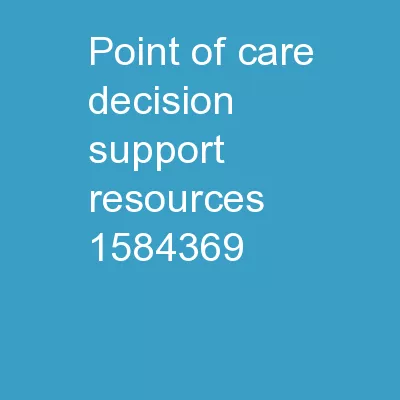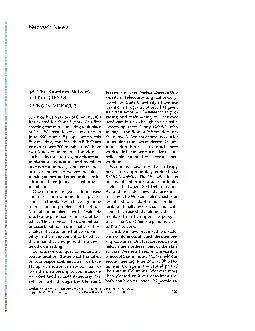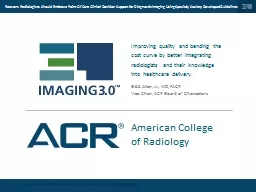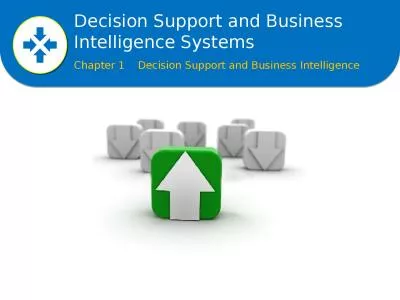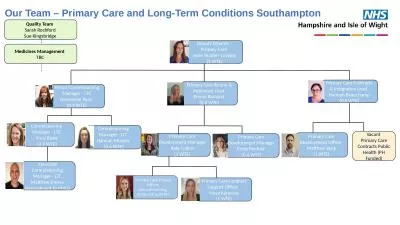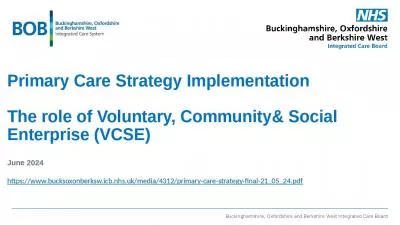PPT-Design and Use of Decision Support In a Primary Care Networ
Author : phoebe-click | Published Date : 2015-09-27
Joseph Lurio MD FAAFP Chief Medical Information Officer Institute for Family Health Objectives Of Talk Understand rationale behind decision support in era of electronic
Presentation Embed Code
Download Presentation
Download Presentation The PPT/PDF document "Design and Use of Decision Support In a ..." is the property of its rightful owner. Permission is granted to download and print the materials on this website for personal, non-commercial use only, and to display it on your personal computer provided you do not modify the materials and that you retain all copyright notices contained in the materials. By downloading content from our website, you accept the terms of this agreement.
Design and Use of Decision Support In a Primary Care Networ: Transcript
Download Rules Of Document
"Design and Use of Decision Support In a Primary Care Networ"The content belongs to its owner. You may download and print it for personal use, without modification, and keep all copyright notices. By downloading, you agree to these terms.
Related Documents





